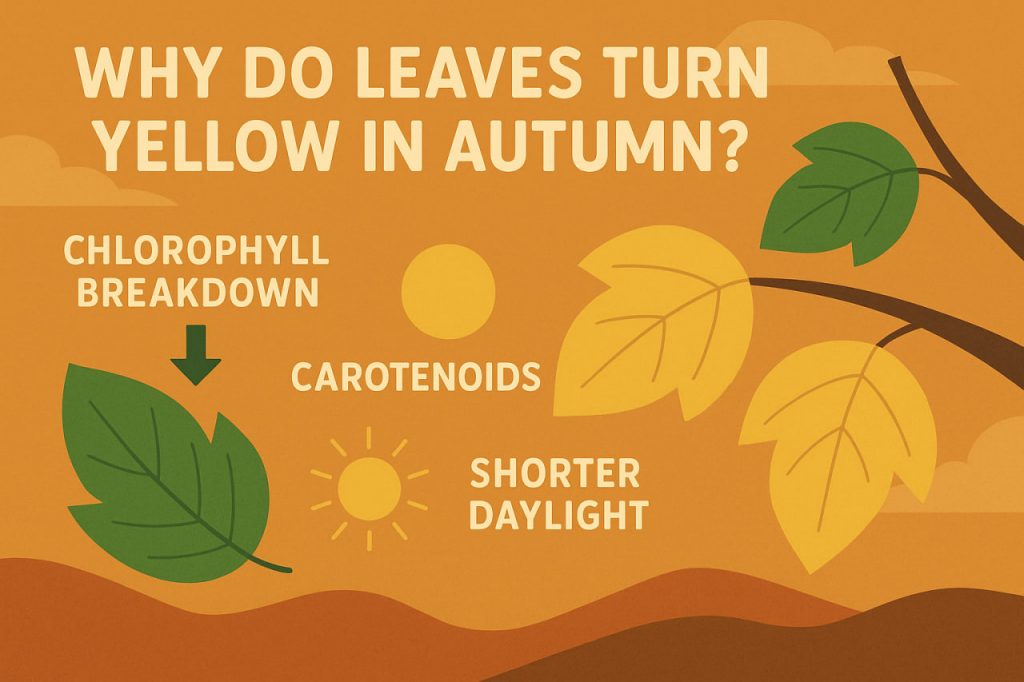Each autumn, trees in temperate regions put on a dazzling display of color—greens fade into brilliant yellows, oranges, and reds. But why does this transformation happen? The answer lies in plant chemistry, sunlight, and the way trees prepare for winter.
The green color we see in leaves during spring and summer is due to chlorophyll, the pigment responsible for photosynthesis. As daylight shortens and temperatures drop, trees begin a biological shutdown process, leading to the breakdown of chlorophyll—and the emergence of other hidden pigments.
Chlorophyll Breakdown: The Green Fades
Chlorophyll allows plants to convert sunlight into energy, but it’s a high-maintenance molecule. As autumn arrives and photosynthesis becomes less efficient due to less light, trees begin to reabsorb nutrients from their leaves. Chlorophyll molecules are broken down and stored in the tree’s branches and roots for the next growing season.
As the green pigment fades, other colors that were already present in the leaf—but masked—start to become visible.
Carotenoids: The Source of Yellow and Orange
Carotenoids are pigments that remain in the leaf all year but are hidden by chlorophyll. When chlorophyll degrades, carotenoids give leaves their yellow and orange hues. These pigments are also responsible for the color of carrots, corn, and squash.
Because they are more stable than chlorophyll, carotenoids stay in the leaf longer, providing the golden glow of autumn forests.
Environmental Triggers and Climate Effects
Several environmental factors influence the timing and intensity of yellowing leaves:
- Shorter daylight hours
- Cooler temperatures (especially cold nights)
- Dry soil conditions
- Genetic traits of tree species
Climate change can alter the timing of leaf color change and reduce pigment production due to warmer falls or extreme droughts.
Tree Species and Yellowing Patterns
Not all trees turn yellow—different species show different color patterns:
- Birch, aspen, and hickory are known for bright yellow leaves
- Maple often produces a mix of red, yellow, and orange
- Evergreens (like pine and spruce) keep their needles year-round
The diversity of pigments and species contributes to the wide variety of fall foliage colors across regions.
Glossary
- Chlorophyll – green pigment responsible for photosynthesis
- Photosynthesis – the process by which plants convert sunlight into energy
- Carotenoids – pigments that produce yellow, orange, and brown hues in leaves
- Dormancy – the inactive period when a tree conserves energy for winter
- Pigment – a substance that gives color to tissues or materials


